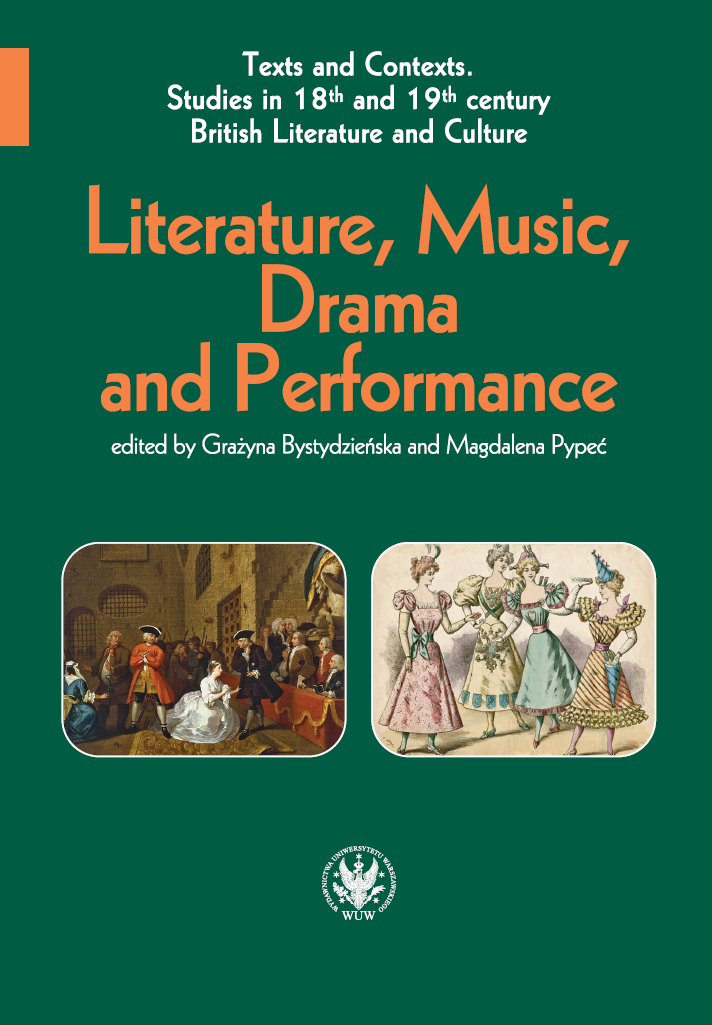Elements of Theatrical Performance and Sailors as Actors and Performers in Capt. Marryat’s Sea Novels
Elements of Theatrical Performance and Sailors as Actors and Performers in Capt. Marryat’s Sea Novels
Author(s): Marek Błaszak
Subject(s): Cultural history, Theoretical Linguistics, Applied Linguistics, Philology, British Literature
Published by: Wydawnictwa Uniwersytetu Warszawskiego
Keywords: Marryat; sailor characters; actors and performers; Shakespeare; masquerade
Summary/Abstract: Evidence provided by Capt. Marryat’s daughter shows that as a boy he was what would then be called a jester and nowadays could be regarded as a performer, and that – already at that early stage in his life – he was familiar with the theatre. After spending 24 years of his mature life in the Royal Navy and embarking on a literary career as a novelist of the sea, he demonstrated his knowledge of drama for instance by means of chapter headings in his works, which contain numerous passages from Shakespeare and several other celebrated dramatists, both native and foreign. Also as a typical 3rd-person omniscient narrator in his works, he was – occasionally at least – inclined to describe the narrative in terms of a theatrical performance, calling his characters actors, and the material setting of the action – the stage. Considering forms of theatrical performance in Capt. Marryat’s works, the most distinctly nautical are Saturnalia which transform his man-of-war almost literally into a floating playhouse. But apart from appearing as amateur actors, Marryat’s sailor characters quote Shakespeare, attend theatre and mingle with professional actors when they step on land. More often and with a more interesting dramatic effect, the writer casts them in the role of performers, adopting the idea of dressing up and representing oneself as a different person. In all probability Shakespeare was the inspiration behind this motif, but Marryat used it for different purposes – ranging from picaresque entertainment which is sometimes genuinely funny and sometimes merely farcical, through a more demanding synthesis of the comic and sublime, to a semi-humorous representation of some current social, religious and political issues.
Book: Literature, Music, Drama and Performance
- Page Range: 115-127
- Page Count: 13
- Publication Year: 2019
- Language: English
- Content File-PDF

